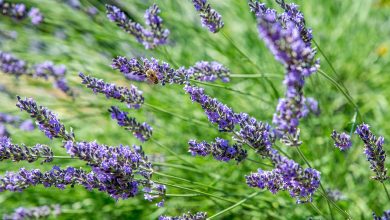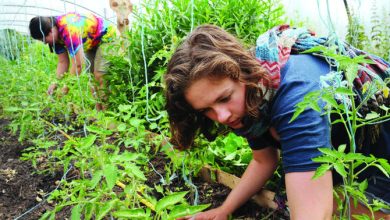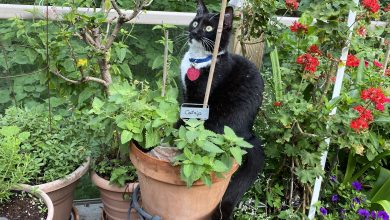How to grow Potatoes (Potatoes) in the garden or house: Complete guide
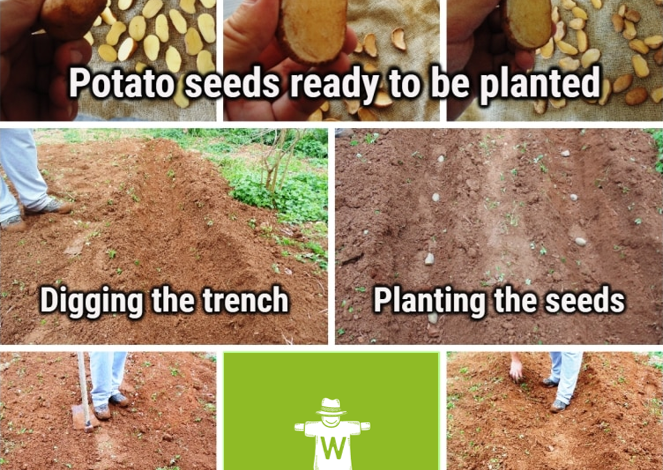
Very good to all Agrohuerters. As you know, we are in spring, and one of the star crops of this season is potatoes. I have spoken these days with several local farmers and it turns out that now is the best time to plant them, and their planting and harvesting are very simple, even at home, so without further ado, let’s go for it.

How to plant potatoes in the garden
To plant potatoes in the garden, just follow a few simple steps:
Prepare the ground well
Planting potatoes requires a well-fertilized soil, very manured, rich in nutrients and organic matter. For this we can either incorporate the compost that we have maturing in the compost bin or incorporate animal manure (horse, cow, etc…).
If we don’t have organic matter, I’m not saying they won’t come out, for example I have planted them in my garden which is still very clayey and has little organic matter, and they are not bad at all, but it is likely that they will grow less and the final output is much lower.
Prepare the potatoes
To plant the potatoes it is necessary to introduce them into the ground with the depressions of the potato, known as «eyebrows» facing upwards so that the first buds sprout from there (if the buds are already visible, the «eyebrows» become known as «eyes»). ”).
This is a complicated job for the inexperienced eye if the «eyebrows» of the potato are not recognized with the naked eye…
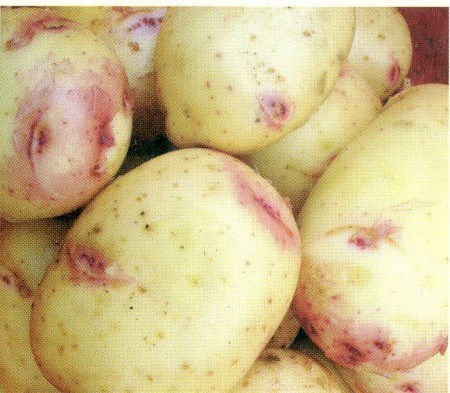
So the best thing to do is leave them beforehand in a place where the sun is good, so that our potatoes receive good light and heat. This way the buds will begin to develop and we will be able to identify them perfectly. Before planting them, I leave them for a couple of days in a container with a little water (it is not necessary for the potatoes to be floating) so the potato will settle better in its new space.
planting potatoes
The most advisable thing is to cut the potatoes into pieces, always leaving one or two yolks on each piece (in case one does not sprout, be almost certain that the other will sprout). Bury these pieces in a furrow of about 10 cm with the buds upwards, leaving a separation of about 20 cm between the pieces and about 40 cm between the lines. To make it as straight as possible, place a string in the groove and guide yourself along it. Finally, form a ridge by piling up the earth that you have removed to make the furrow on the potato. You can also first create the ridge and bury the potato directly on it.
Growing and harvesting potatoes
This crop usually begins to develop without problems due to the reserve substances that the tuber that we sow already contains. The substrate has to be kept moist, but without going overboard, with a couple of waterings a week is enough.
The small buds will give rise to the main stem of the plant that will branch out to give the leaves and finally leaf buds. This will indicate that under the soil the tuberization of the rhizomes is beginning to develop, which will give rise to the potatoes, since if these structures did not exist, it could be said that the buds have not grown enough, which is commonly known as “Where there is no bush, there is no potato”.
The tubers reach their maximum growth when the foliage reaches the largest size and the leaves begin to fall. The foliage at this time dies naturally and its sugars and nutrients are translocated to the tubers, storing them in the form of starch.
This would be the best time to harvest the potatoes, but you can also do it when they start to rise above the ground if you want them earlier and smaller.
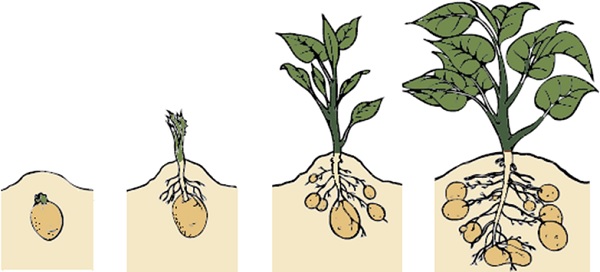
Grow potatoes at home
In recent years, with all the boom in urban gardens, alternative ways have been sought to grow species that require a lot of space or special growing conditions, such as melons, watermelons or potatoes, at home or on the terrace. So I present some devices or ways to grow your potatoes at home:
Grow potatoes in bags or pots
As easy as taking one of those large bags with handles that they give you in supermarkets, a sack of potatoes or another container with a good depth (about 60 cm) and fill it up to half with a good substrate, very loose and with a lot of organic material.
Next we sow the potatoes with the technique of before (without making ridges, do not be gross). As the stem goes up, we will cover it with more soil (this is known as hilling), so it will develop more deeply, giving rise to more potatoes. We will repeat this technique until the bag is completely filled. And finally, when we want to collect them, we will simply dump the sack, slit it or dig, the loose soil will come off easily, revealing our potatoes.

Grow potatoes in tires
This is very similar to the previous one with the difference that we will plant the potato in a first tire and as the stem goes up we will add another tire with more soil, as if they were floors of a construction.
When we already have about 5 floors, we will have the potatoes ready and we will simply remove the tires and the loose soil will crumble giving rise to our potatoes.
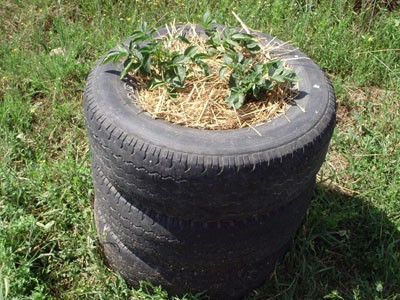
These are several examples, surely you can think of a lot more ways to cultivate them.
Finally, tell you that it is more worth cultivating species that local farmers have in the area, surely they can leave you some, than those that you can buy in a supermarket.
Commercial species are often treated with substances that prevent buds from forming, which is why consumers generally do not like them and even if you plant them they will not sprout…
Observe in the market those potatoes that already have buds to be able to plant them. Dare to do it, it’s very easy and a lot of fun.
References
- Garcia Gonzalez de Lena, Guillermo. 2014. Guide to fresh potato cultivation in Asturias. Regional Service for Agrifood Research and Development (SERIDA) Regional Ministry of Livestock Farming and Native Resources of the Principality of Asturias

![Photo of Climate of Europe: [Characteristics, Flora, Fauna and Adaptability]](https://www.complete-gardening.com/wp-content/uploads/2022/08/climate-of-europe-characteristics-flora-fauna-and-adaptability-390x220.png)
